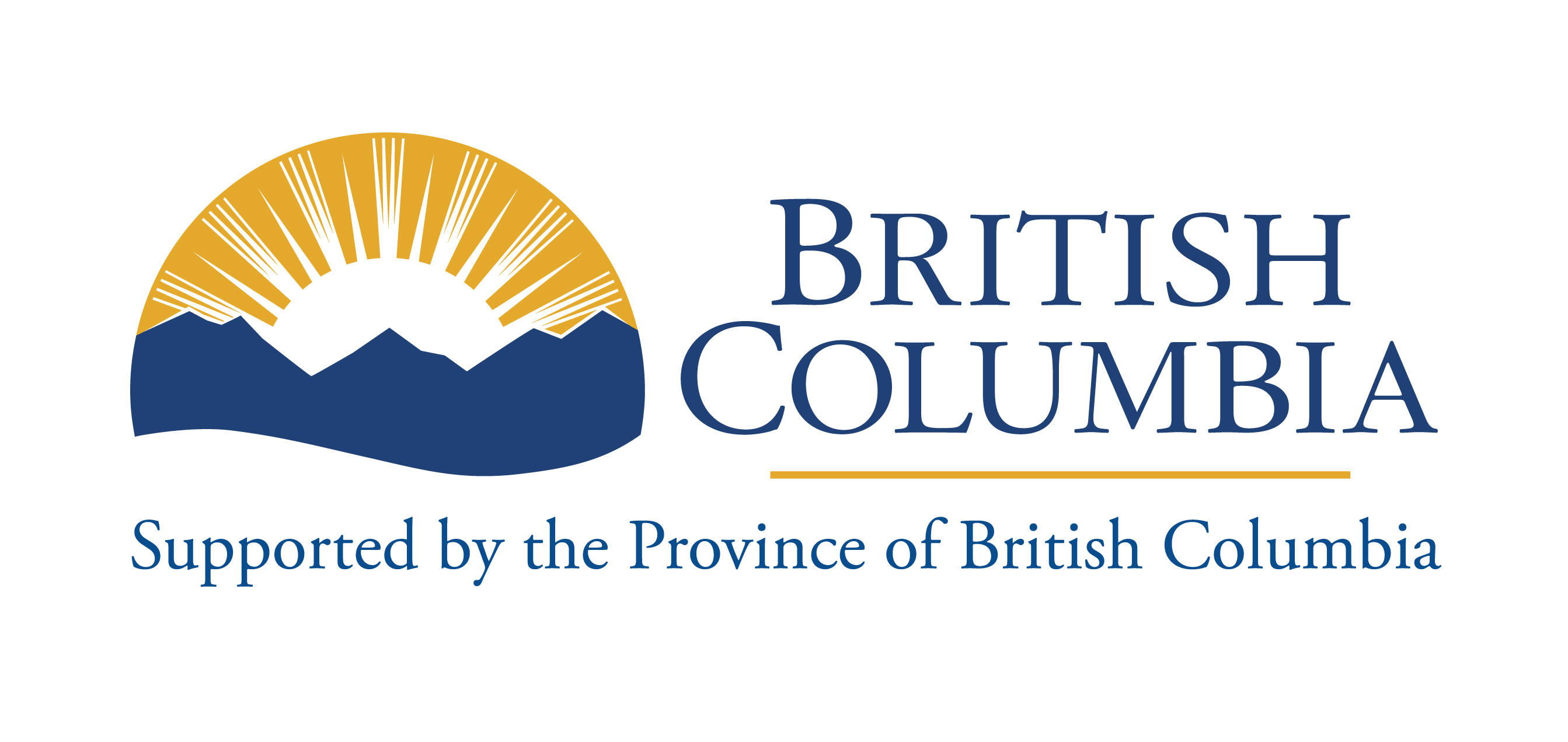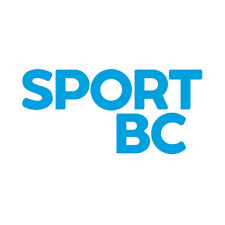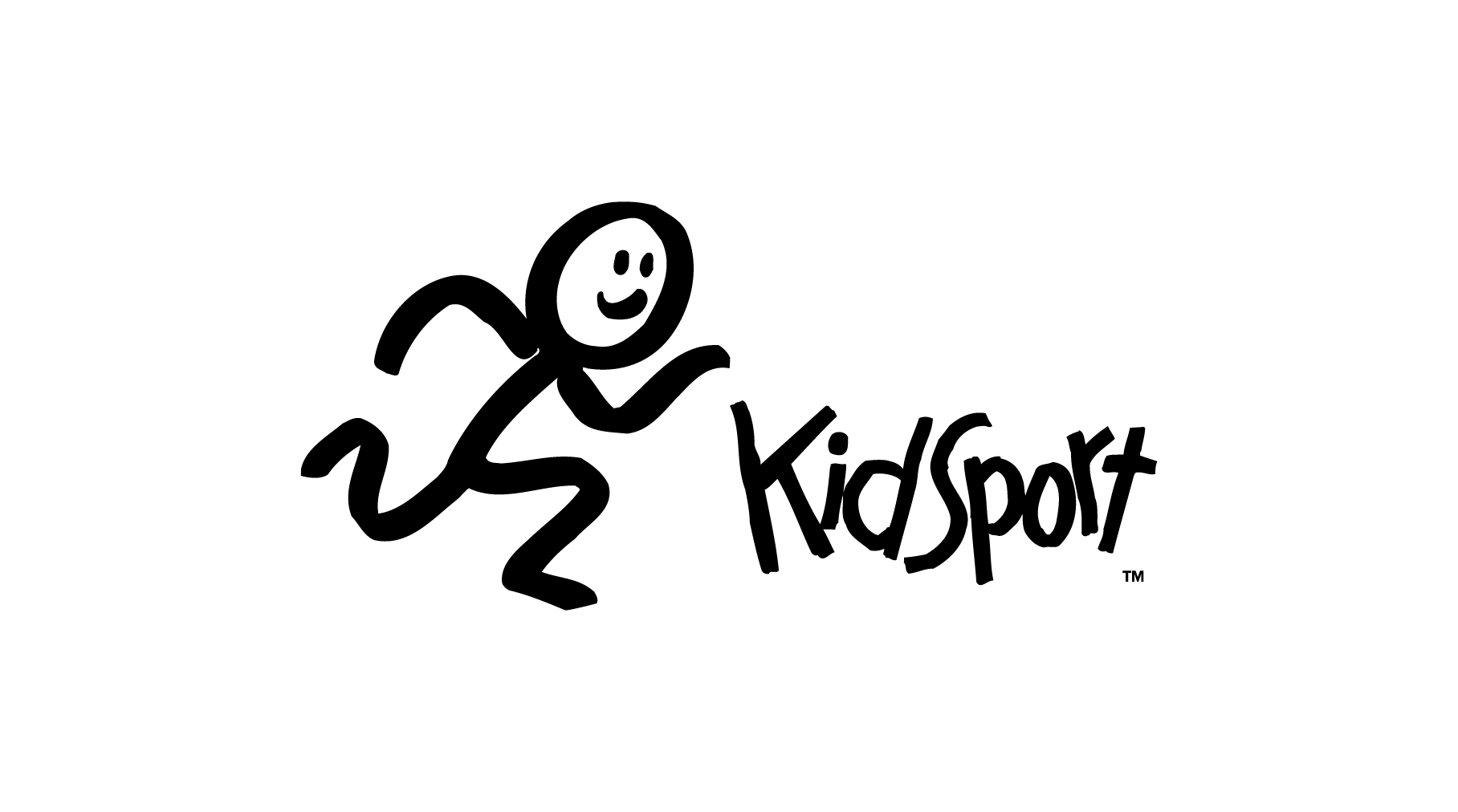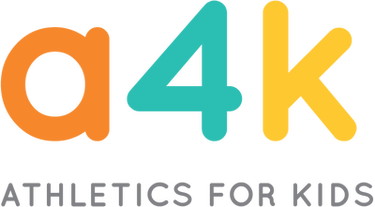March 24th, 2021Gina Fedalizo - Women in Basketball Legacy Profile
Gina Fedalizo

Life Story and Experiences
Do you remember your first memory or experience in basketball and when you fell in love with the sport?
When I was in elementary, I was the shortest person on the court. When the game started, everyone was fighting to have me as their check (because height equals skill, right?), but instead of getting offended, I took it as a challenge. The next shift, everyone from the other team was fighting to NOT have me as their check and that’s when I fell in love with the sport that was meant for tall people.
Can you tell me a little bit about your basketball journey leading up to this moment?

Growing up, I didn’t want to be a coach. I didn’t grow up in the gym. None of my family coached. I didn’t really see female coaches coaching basketball and I never saw an Asian female coach before. Looking back at it, it wasn’t that I did not want to be a coach, I just never saw anyone remotely similar to me coaching so I didn’t know it was even a possibility. Representation is important. Whether it’s as a coach or as a player, if you can’t see it, you can’t be it.
When I first started, I originally signed on as an assistant coach. Unfortunately, the head coach was not able to fulfill his duties and nobody wanted to coach this team. The year before, this team won their first game in February. It was bad. However, after getting to know the players, I knew how good they could be if they just worked together. I couldn’t coach solo because I was going to school full-time, I had two part-time jobs, and I was volunteering at other organizations at the time. Anyway, my AD was amazing and he gave me the speech. He said, “if you don’t coach, the girls will have to forfeit the season OR you can step-up.” I chose the step-up option and that year, we ended up only losing to one team that season and getting to the City Finals. The year after, we won the City Championship. Heart, teamwork, and team chemistry are not on a stat sheet but are integral for any team. Nowadays, I have gained more basketball knowledge but I still coach with team chemistry as a priority.
What inspired you to pursue photojournalism and capture local hoops via your Instagram account @brighter.lights.g?
Before Instagram was popular, one of my players asked me why girls never have a basketball photo in the newspaper. I said, “because they rarely post girls basketball.” To which my player reminded me of one of the life lessons I try to teach my athletes which is, “if you don’t like something, change it.” Photography has always been a part of my life and all of my teams have always had a lot of photos taken for them, but I’ve recently opened it up to all players in BC because girls deserve good basketball photos too. Through Instagram, I have also been able to post not just the handful of superstars you continually see for both the girls’ and boys’ side but I get to spotlight the glue players, the team moments, and players who have never had a basketball photo of them before. Marketing 101 is “make it accessible.” How’s the sport going to grow when nobody knows the players, the tournaments or the scores? Have the photos and information available for all. Get kids excited and talking about basketball on their own.
Was this always your plan?
Absolutely not. When Instagram, Twitter and Snapchat first came out, I was against it because of the trouble teenagers were getting themselves into using social media. However, you have to adapt to the times and I found that social media is neither good or bad; it’s a tool. If these kids have good basketball photos, MAYBE they’ll post those instead. If those seniors post photos of them working in the gym on a Friday night, without them even knowing, they’re changing the next generation. They’re telling all of the younger kids that are looking up at them that it’s okay to be a gym rat and work with a purpose.
Reflections
What motivates you to do what you do?
I first started coaching solo in high school when I was 18 years old (but probably looked like I was 14). I was the trifecta: I was a woman, I was young, and I was Asian. I’m also not 6 ft tall so I didn’t look like the typical coach. I couldn’t coach like 50-year-old man in a three-piece suit because I was not him. I had to find my own way of coaching. This 50-year-old in a three-piece suit may have more years of basketball experience than me but I didn’t think he knew his players as well as I knew my players. I knew my players better than they knew themselves. I knew what they were going to say before they said it and what they were going to do before they did it. I had just turned 18 years old, I WAS THEM! I know what motivated them because I had taken the time to get to know each of them as a person and not just a player. They were my little sisters then and they are still my family now. Many coaches like to stick with the X’s and O’s. That’s not how I do it and it’s okay. If you are not the norm or if you do things differently, own it and make it work. Show them that it can be done.
Who would you say, has had the greatest impact on you growing up and throughout your coaching career? (role models and mentors)
When I was in high school, I had the greatest Aussie Athletic Director named Mike Charlton. Charlie’s one of those teachers that throw you in the deep end to see if you’re going to sink or swim. I was very timid when I was younger so it turns out I needed that push and he definitely challenged me to be better and live up to my potential because I had no idea what I was capable of yet.
Mitra Tshan is one of the hardest working people for girls’ basketball in the province. She’s usually coaching four teams, organizing three tournaments, creating the best score keeping program in the province, organizing volunteer activities off the court, and growing the sport simultaneously while also caring about all of her kids off of the court. Someone get this woman a Pepsi!
While some coaches think one or two steps ahead, Simon Dykstra has already thought through the whole season and packed up the chess board. He is so meticulous and has so many layers of basketball knowledge. He sets a high standard that’s attainable with hard work and his players rise up to the challenge.
Is there anything that you do to take care of your mental, emotional, and physical health?
Pre-COVID, every year I would try a new sport or activity. Being out of your element is humbling and is great for growth. Some I never tried again but some stuck; for example, I try to go snowboarding and white water rafting every year. My life during basketball season is scheduled to the minute that there really is no time for myself so during the off-season, I go on a trip for myself and I don’t plan a single thing. I throw a dart at a map and in a couple of days, I would be in that random country. Two years ago, I went to Dubai and the year before that, I visited Portugal on a whim.
During COVID, it is a lot harder because we’re all in a constant state of unknown and we have been this way for almost a year now. I will admit that my life is not as balanced as it should be with work taking up the majority of my time. I have to remind myself to take breaks and turn off the laptop because it’s not a sprint, this pandemic has definitely turned into a marathon. Everyone is new at this so it’s okay if you’re still figuring out how to create balance in your life.
What has been your proudest moment/greatest achievement in your basketball career?

The greatest achievement in my basketball coaching career would be helping last year’s Sir Winston Churchill’s Jr. girls win the City Championship, the Sea-to-Sky Championship (formerly Lower Mainlands), and come fourth place in the BC Provincial Championships.
My proudest moment was being invited to my player’s Valedictory Ceremony. I once coached a kid that everyone warned me was troubled. She got into fights, she would skip class, she had trouble controlling her anger, and she rebelled against people in authority. During a game, one of those people that warned me about the player saw a situation where the player would usually blow up and get tossed. Instead, the player ran up the court and played strong defense. After the game, the person came up to me and asked me, “how did you control the player? Nobody can control her!” I responded with, “I don’t control her. I care about her.” When kids have been labelled their whole life as trouble, they build walls and they start to think of themselves as less because they hear it so often that they start to believe it. Nobody really gets to know them because they are dismissed on and off the court. My proudest moment as a coach was seeing this player turn her life around. Not only was she the first person in her family to graduate high school but she also made the honour roll in grade 12.
What do you think can be done to support girls and women in basketball, along with growing the game in BC?
If there’s a girls and boys tournament happening at the same time, I will post five photos of girls basketball with five photos of boys basketball. Some may think that because I post about girls basketball, automatically @brighter.lights.g is a girls basketball account. Equality does not mean it is a girls basketball account. If I look at my Instagram audience statistics, I have 50.5% men and 49.5% women that follow my Instagram. Equal exposure for the girls is a great way to support girls’ basketball. Many organizations and social media accounts are supporting both girls and boys basketball like Howard Tsumura from Varsity Letters and @VancouverBasketball. Let’s keep that going!
Updated March 24, 2021












.jpg)

.jpg)
